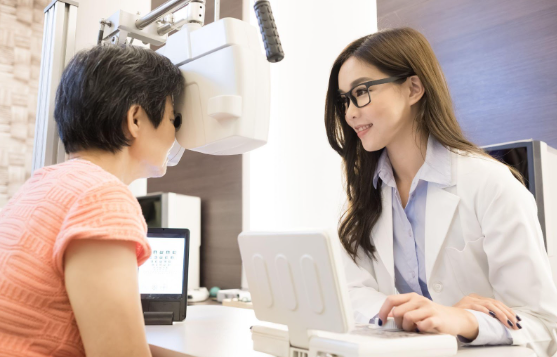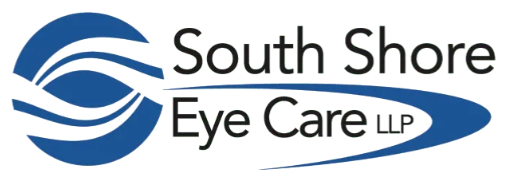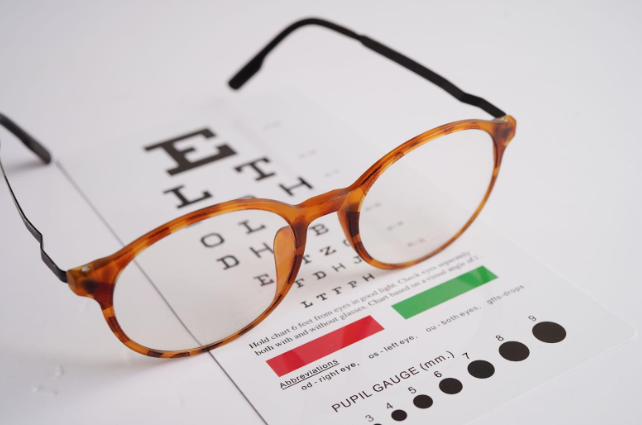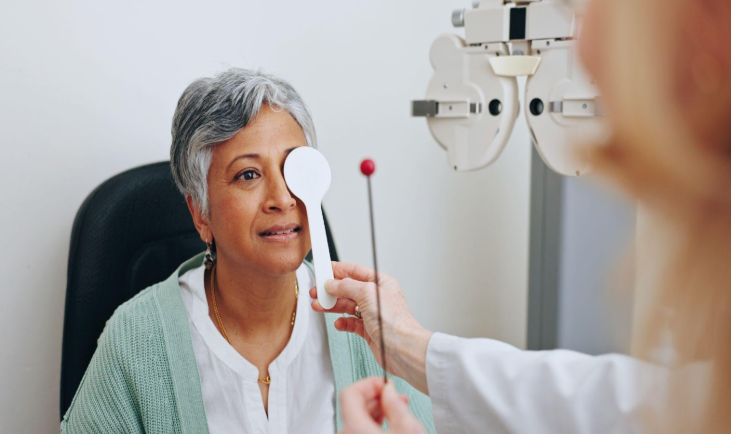What You Need to Know About LASIK

If you're tired of dealing with glasses or contact lenses every day, you're not alone. Laser vision correction, commonly known as LASIK, has helped millions of people achieve clearer vision and more visual freedom. However, not everyone knows that there are different types of laser vision correction or how quick and easy the procedure can be.
Here’s what you need to know before taking the next step toward seeing more clearly.
The Two Types of Laser Vision Correction
Many people are surprised to learn that LASIK is not the only form of laser vision correction. Another highly effective procedure is called PRK, which stands for photorefractive keratectomy. While both LASIK and PRK aim to reshape the cornea and correct vision, the methods are slightly different.
LASIK involves creating a thin flap on the cornea, which is lifted so the laser can reshape the tissue underneath. This method allows for faster healing and a quicker return to normal activities. PRK, on the other hand, does not involve a flap. Instead, the surface of the cornea is gently polished before the laser is applied. PRK can be a better option for people with thinner corneas or certain corneal irregularities.
The best way to find out which procedure suits you is to schedule an evaluation with your eye doctor. A personalized consultation will help determine the safest and most effective treatment based on your eye structure and vision goals.
Who Is a Good Candidate to Get LASIK?
The first thing to know about LASIK and other types of laser vision correction is that not everyone is a perfect candidate. Generally, anyone over the age of 18 with a stable vision prescription can be considered. If you wear glasses or contact lenses for conditions like nearsightedness (myopia), farsightedness (hyperopia), or astigmatism, you might be a strong candidate for treatment.
Your overall eye health plays a part in whether or not you’re a good candidate as well. During a comprehensive eye exam, your eye doctor will therefore check for issues like
dry eye, corneal thickness, and pupil size to make sure laser vision correction is safe and effective for you. The goal is to get long-lasting, quality results that are tailored to your eyes.
How Laser Vision Correction Can Improve Your Daily Life
One of the biggest reasons people choose LASIK or PRK is to make everyday life easier and more enjoyable. Just picture it: you wake up in the middle of the night and roll over to see your alarm clock, and you can go straight back to sleep without needing to grab your glasses to do so. You could be reading a menu at a restaurant, exercising, or spending time outdoors, all with clearer vision to make these simple moments more convenient and freeing.
For many people, contact lenses can cause dryness, discomfort, or frequent irritation, especially if worn for long hours or in certain environments. Laser vision correction eliminates the need for lenses altogether, reducing eye strain and the cost and hassle of maintaining supplies. If you’re active in sports or travel frequently, not having to pack or worry about contacts, solutions, or backups is a big advantage.
How Advanced Technology Makes a Difference
Modern laser vision correction is more precise than ever before, thanks to advanced technologies like iris tracking and wavefront-guided treatments. These systems continuously monitor the position of your eye during the procedure, ensuring accurate laser delivery even if your eye makes slight movements.
This technology makes the procedure safer while also improving the quality of vision after surgery. By addressing higher-order aberrations in the eye, these tools can help reduce common side effects like glare and halos, especially when driving at night. The result is sharper, more comfortable vision tailored to your unique eye anatomy.
What to Expect During the LASIK Procedure
The LASIK procedure is quick, comfortable, and remarkably simple. After your eyes are numbed with special eye drops, your doctor will guide you through each step. Most patients are surprised to learn the entire process only takes about five to ten minutes from start to finish.
Thanks to the numbing, you won’t feel pain during the treatment as well. Instead, there’s just a little pressure and maybe a bit of light sensitivity. The laser itself is typically active for less than a minute per eye. Once it’s done, your need for glasses or contacts is instantly reduced. Many patients notice improvement in their vision before they even leave the office.
Recovery and Results After LASIK
Healing after LASIK is generally fast and easy. Most people return to work or school within a day or two, and the improvement in vision continues to sharpen over the first few days. It’s important to follow your doctor’s instructions during the early healing period, including using prescribed eye drops and avoiding rubbing your eyes to let them heal quickly.
Why You Should Schedule a Consultation
There’s no substitute for an in-person consultation to find out if LASIK or PRK is right for you. During your visit, your eye doctor will perform detailed scans and measurements to understand the unique shape and health of your eyes. This one-on-one time is your chance to ask questions, share concerns, and get expert advice based on your vision needs.
Laser vision correction is one of the most life-changing decisions you can make for your eyesight, but you don’t have to do it alone. Our experienced team at
South Shore Eye Care, LLP can help you determine the best treatment for your eyes and guide you every step of the way.
Contact us today to schedule your laser vision correction consultation and start your journey to clearer vision now!











